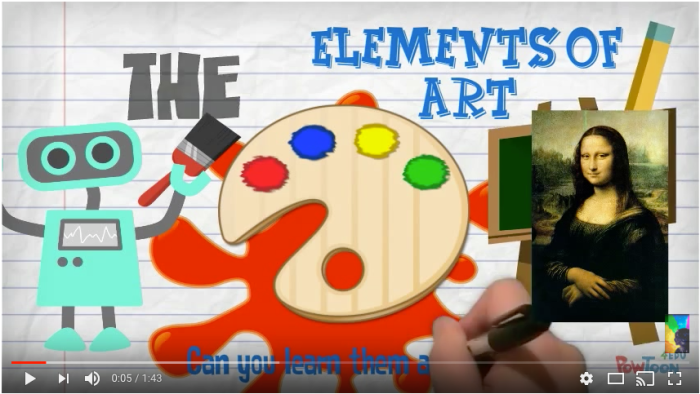There’s a popular drama strategy called Hot Seat.
www.dramatoolkit.co.uk says the game is “a widely used and very effective Drama strategy. Questions are asked to someone sitting in the ‘hot–seat‘ who answers in character. Set this up by telling the class they will have an opportunity to ask questions to a character from the piece they are studying or story.”
Students take turns acting as the character in the hot seat and acting as the interviewer interviewing the character. I used this after I read the book “The True Story of the Three Little Pigs” by Jon Scieszka and Lane Smith to a grade 5 class. We discussed what the wolf’s point of view was about what happened with the pigs. Students worked in groups taking turns in the hot seat acting as the wolf while the others were the interviewers. The interviewer’s job was to ask important questions and the wolf’s job was to answer them in character.
Teachers can use this drama game to have the students be in the Hot Seat as the famous person they have studied. The student in the hot seat is the famous person while the other students are the interviewers asking important questions about the person. This can be used as an assessment tool to observe how well the students researched their person, how well the students can develop important questions, and observe drama skills such as gesture, voice, and emotion.
Hot Seat can be used for many reasons using many different real and fake people/characters.
I have a document that I’d like to share with fictitious facts about the wolf that was used to help guide the questions and answers. I’m trying to find it! 😦 I also have a video I’d like to post showing some of my students engaged in the Hot Seat strategy. Check back soon!












